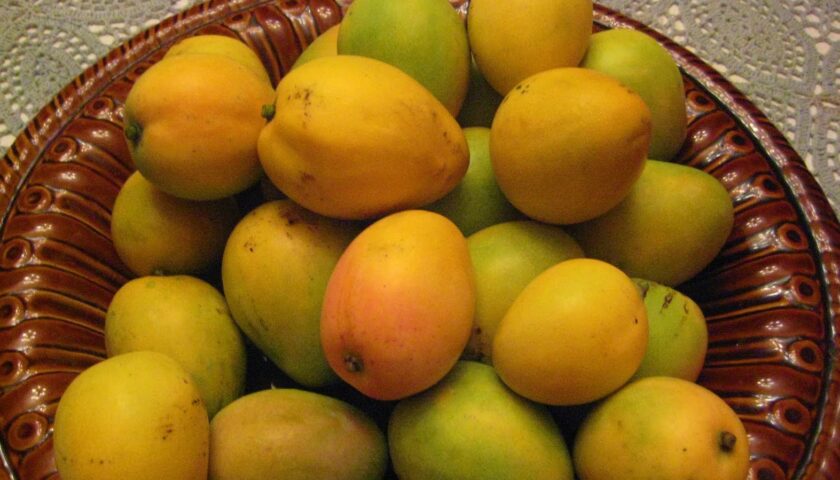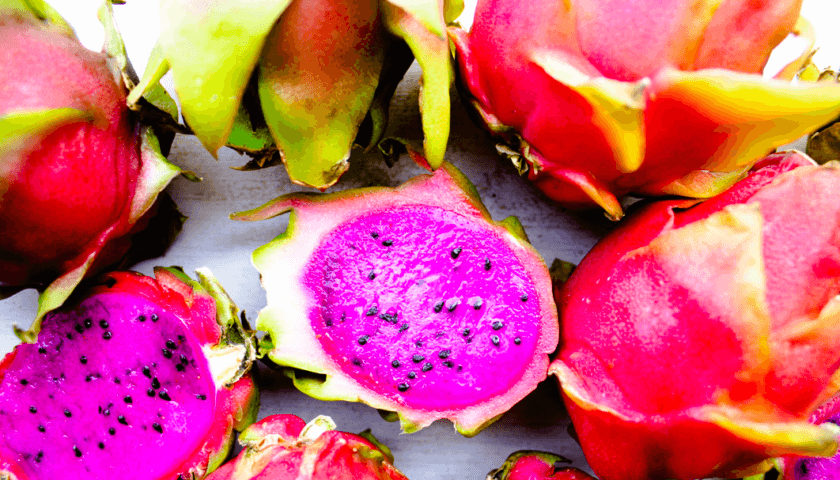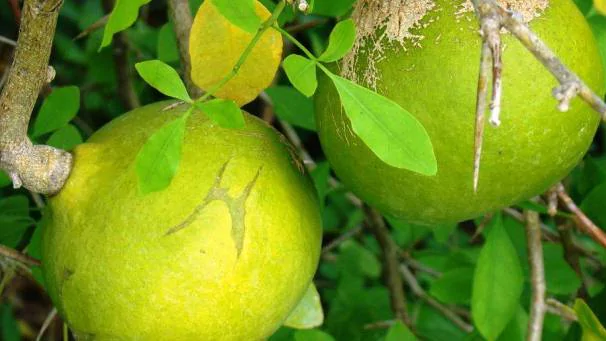About Mango fruits
Mango is a popular and nutritious fruit, which is now one of the most important fruits in the tropical and subtropical regions of the world. They are indigenous to India, where they have been cultivated for over 4000 years. From the 16th century, mangoes were gradually distributed from India to other tropical countries in Asia such as the Philippines, Indonesia, China and Thailand.
They also spread to America in the 18th century, and from western Mexico they were transported to Hawaii in the early 19th century. The first recorded introduction to Florida was at Cape Sable in 1833. The Egyptian ruler Ahmed Orabi introduced the mango to Egypt in the 18th century from Ceylon after it was freed from factories. Many cultivars are grown in Egypt today
Physical description of Fruits
The tree is evergreen, usually 15-18 meters (50-60 ft) tall and mature. The simple leaves are lanceolate, up to 30 cm (12 inches) long. Flowers – small, fragrant pinkish – bear large panicles (loose clusters).
Some have both stamens and pistils, while others have only stamens. Fruits vary in size and character. Its shape is oval, round, heart-shaped, kidney-shaped or long and thin.
The smallest mangoes are no bigger than plums, while others can weigh 1.8 to 2.3 kg (4 to 5 pounds). Some species are bright in shades of red and yellow, while others are green. A large seed is produced, the flesh around it is yellow to orange in color, sweet and has a sweet and aromatic taste.
Climate and Temperature for Mango
Mango flowers and fruits in winter, which is characterized by no rain. Rainy weather during flowering destroys mangoes is very dangerous because it affects the flowers and fruits negatively and increases the number of pests and diseases or viruses. It grows where the temperature drops to 20 °C. And up to 470C.
However, it grows best at temperatures around 280C. It grows well in areas with low rainfall (24 cm) and high rainfall (245 cm). However, with an annual rainfall of about 75-80 cm, it can grow without irrigation.
Nutrition Facts

Mangoes are a source of nutritious carbohydrates, rich in vitamin C. They are low in fat, sodium and cholesterol and contain vitamins A, E and K, as well as potassium, magnesium and copper.
Health Advantages of Mango
Better digestion
Mango, when eaten, calms the stomach by lowering acidity and improving digestion. They contain digestive enzymes such as esters, aldehydes, and terpenes that help break down food and improve digestion. prevent cancer
A group of scientists have found that mango contains phenols and enzymes that prevent or stop breast, leukemia, colon, lung and prostate cancer. In addition, there is a strong connection between eating a lot of fiber and vitamin C and preventing and reducing cancer.
Mango contains quercetin, an antioxidant that works as an anti-inflammatory and antihistamine. Research conducted at the University of Maryland Medical Center has shown that quercetin can reduce the risk of cancer and heart disease. Mangoes also contain mangiferin, a substance that inhibits tumor growth and reduces inflammation in rats. Studies have also shown that mangiferin protects the body from Parkinson’s disease.
They boost the immune system
One cup of mango provides about 11% of the daily target of vitamin A, the name of a group called carotenoids, which is important for the proper functioning of the immune system (including the production and function of white blood cells).
Vitamin A is also important for the growth and development of the body, as well as for the development and maintenance of many parts of the body.
Mango improves hair and skin health
Vitamin A in mango is also important for the development and maintenance of various types of epithelial tissues, including skin, hair, and sebaceous glands. These, which are attached to the hair, help to make the hair soft and healthy.
One cup of mango also provides about 75% of the minimum daily value of vitamin C. This food is important for the production of collagen, the type of tissue that improves the skin and helps prevent wrinkles and sagging.
Promotes eye health
Adding mango to your diet can also help improve your eye health. Mangoes are rich in beta-carotene which helps in the production of vitamin A. A powerful antioxidant that helps improve vision, improves overall eye health, and even prevents macular degeneration or vision loss.
Even diabetics can benefit Yes
it is sweet and should be eaten well, but that does not make mangoes difficult for diabetics. The glycemic index of mango is between 41 and 60, with an average of 51. A value of 51 is at the lower end of the glycemic index. Foods with less than 55 are considered low glycemic foods, which are good for diabetics.
Foods with a low glycemic index make the release of sugar in the blood faster and without a sudden increase in blood sugar. In addition to this, mango is also rich in dietary fiber, which further helps regulate blood sugar levels.
Dental health
Raw mango is a powerful vegetable for removing bad breath, treating bleeding gums and reducing the risk of tooth decay. If you want to have strong and clean teeth, start eating raw mango.
Mango Production In India
Mangoes are grown commercially in Andhra Pradesh, West Bengal, Karnataka, Kerala, Bihar, Uttar Pradesh, Uttarakhand, Punjab, Haryana, Maharashtra and Gujarat. Mangoes are grown in an area of 2,309,000 hectares with an annual production of 12,750,000 metric tons. In the poljah, I was at God to God, the same man went to the bakua bots hhocker, Sabnanaa sabilaa, Paria, Pauanans of Panany.



